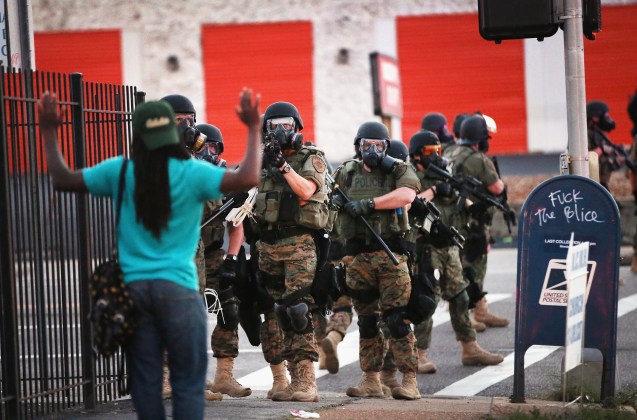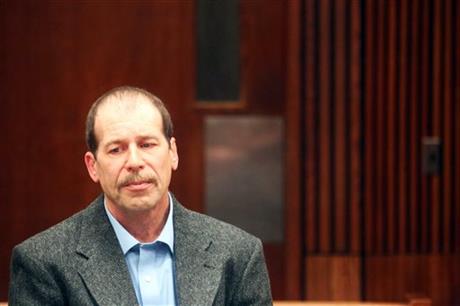Did MO Law Allow for Deadly-Force Arrest of Mike Brown?
MRS §563.046: Law enforcement officer's use of force in making an arrest
In this context much has been made in the press by "journalists" who have stumbled across Missouri Revised Statute §563.046 is entitled "Law enforcement officer's use of force in making an arrest." It provides, in relevant part, that:3. A law enforcement officer in effecting an arrest or in preventing an escape from custody is justified in using deadly force only (emphasis added)
. . .
(2) When he reasonably believes that such use of deadly force is immediately necessary to effect the arrest and also reasonably believes that the person to be arrested
(a) Has committed or attempted to commit a felony (emphasis added); or
(b) Is attempting to escape by use of a deadly weapon; or
(c) May otherwise endanger life or inflict serious physical injury unless arrested without delay.














